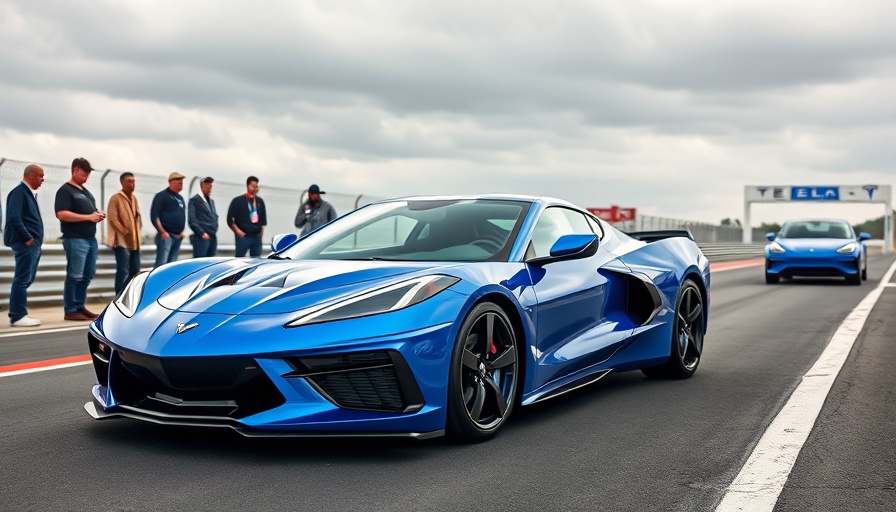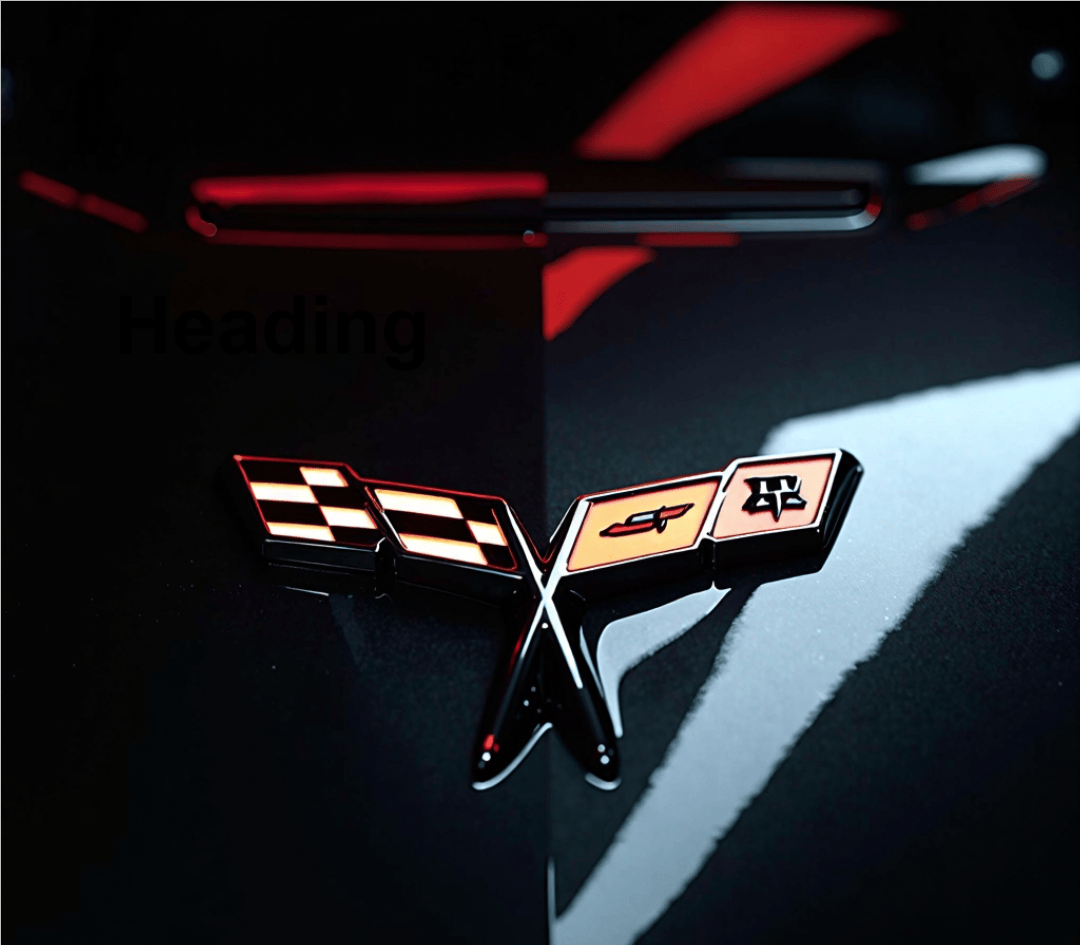
Can Electric Power Compete with Classic Performance?
The automotive landscape is rapidly transforming, with electric vehicles (EVs) redefining speed and performance standards. Among these, the Tesla Model 3 Performance stands out as a formidable contender, challenging the traditional supremacy of iconic sports cars like the Chevrolet Corvette E-Ray.
A Historic Showdown: Tesla Model 3 vs. Corvette E-Ray
The Corvette E-Ray introduces a revolutionary hybrid system, uniquely combining a naturally aspirated 6.2L LT2 V8 with an electric motor, delivering a staggering 655 horsepower. This allows the E-Ray to sprint from 0 to 60 mph in just 2.5 seconds, showcasing GM's commitment to performance car innovation. In comparison, the Tesla Model 3 Performance boasts 510 horsepower and remarkable acceleration, reaching the same speed in 2.8 seconds. This means the two vehicles are closely matched, especially at the start line.
Electric vs. Hybrid: Which is the Future of Speed?
As automotive technology advances, the line between electric and hybrid performance vehicles blurs. The Tesla Model 3’s instant torque provides an effortless launch, ideal for drag racing scenarios. Meanwhile, the Corvette’s hybrid system allows it to leverage both its powerful V8 and electric motor to maintain high performance while potentially improving fuel efficiency. This competition opens the floor for discussions about the future of high-performance vehicles: will enthusiasts lean towards electrification or embrace hybrids as the best of both worlds?
Comparative Performance Metrics and Real-World Races
Drag races are setting the stage for these high-performance confrontations. Recent head-to-head races between the Tesla Model 3 and the Corvette E-Ray reveal exciting results, with both cars performing incredibly well under various conditions. Observers report that driver skill plays a vital role in determining the victor in these matches. The electric Model 3's ability to maintain performance over distance is noteworthy, raising questions about the optimal use of both EV and hybrid technologies.
The Role of Technology in Automotive Innovation
Technological advancements in both design and engineering are crucial for vehicles today. The Corvette E-Ray represents not just an evolution in drivetrain configuration but also showcases GM’s efforts to angle towards sustainability without sacrificing performance. On the other hand, Tesla's innovative approach to battery technology and regenerative braking may redefine traditional notions of car performance.
Luxury and Status Symbols: What do These Cars Represent?
Both the Tesla Model 3 Performance and the Corvette E-Ray are not only engineering marvels but also status symbols within the automotive community. Tesla's rise signifies a shift in consumer preference towards sustainable luxury, while the Corvette's storied legacy remains a benchmark for muscle cars. For enthusiasts, the choice between the two does not just boil down to speed; it embodies a deeper connection with their values and identity as drivers.
Future Predictions: A New Era for Performance Cars?
As environmental concerns become increasingly critical, the future may favor hybrid and fully electric cars. The anticipated development of models with even more advanced battery technologies and integrated AI for performance balancing could change the auto market forever. This could lead us to question: how soon will we see a fully electric Corvette that could surpass the very models setting the benchmark today?
While both vehicles push the limits of what's achievable, it’s clear that buying habits are evolving alongside these innovations. Car enthusiasts must adapt to the changing landscape where performance transcends traditional boundaries. Keeping an eye on local dealerships, like a chevrolet corvette dealer near me, can help enthusiasts stay updated on the latest models and performance upgrades.
 Add Row
Add Row  Add
Add 




 Add Row
Add Row  Add
Add 

Write A Comment